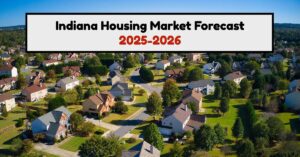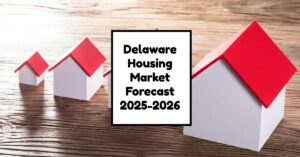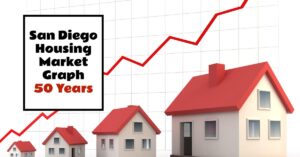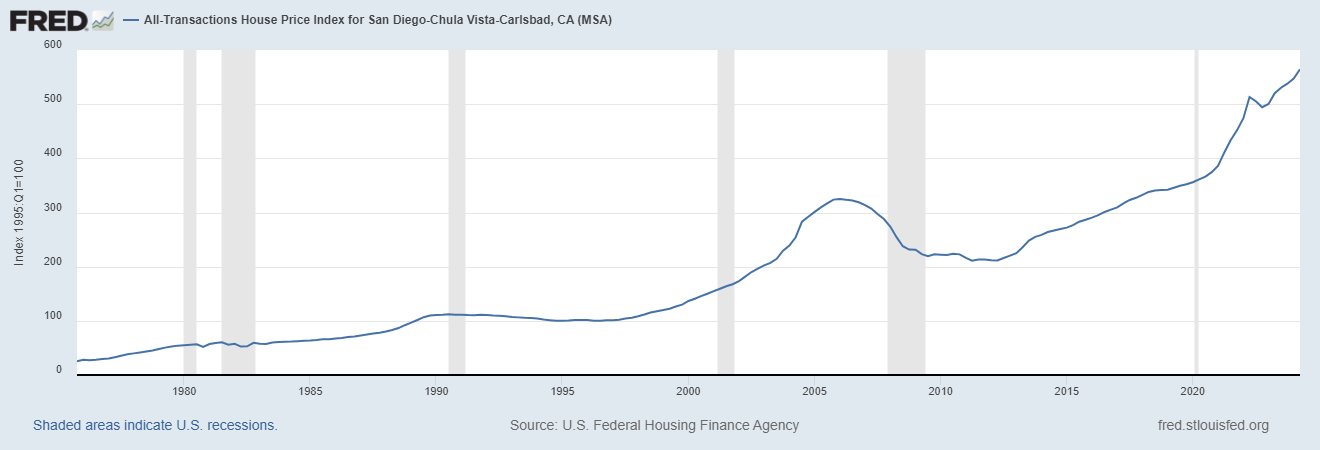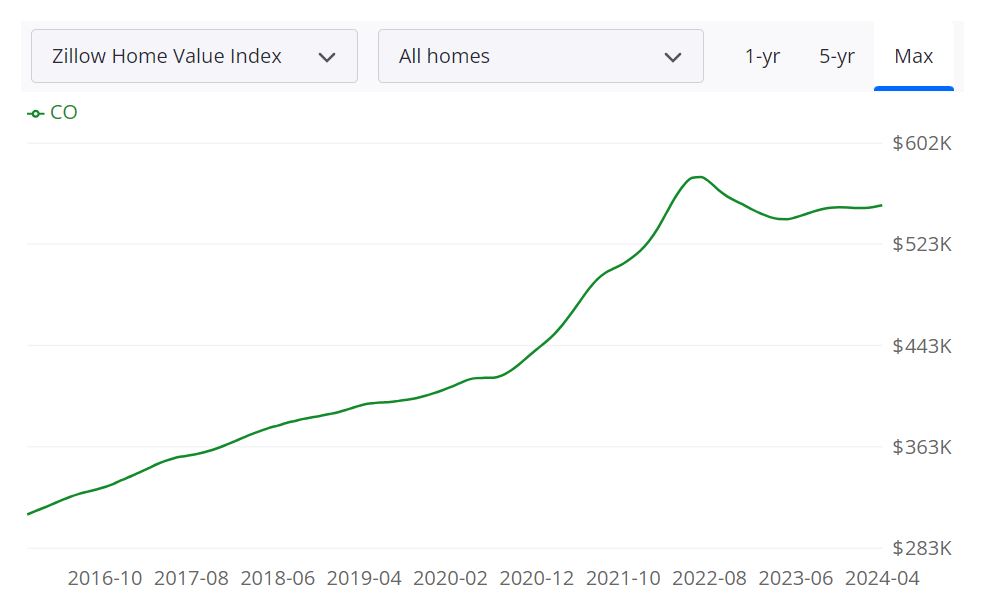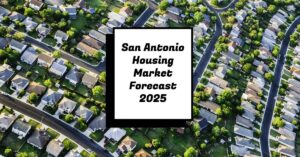The Miami real estate market predictions for 2025 suggest substantial growth, with expected home price increases driven by declining mortgage rates and escalating demand from buyers. In 2025, Miami is well-positioned to remain a premier destination for real estate investment, characterized by its vibrant lifestyle and robust market dynamics.
Miami Real Estate Market Predictions 2025-2026
Key Takeaways
- Median Home Prices are anticipated to rise by 6.5% overall, with single-family homes likely soaring by 9.7%.
- Mortgage Rates could drop to approximately 5% by the end of 2025, making housing more accessible.
- The luxury condo market is thriving, especially for properties priced over $1 million, which have witnessed a 122.2% increase compared to pre-pandemic levels.
- Inventory shortages will continue to define the market, making it predominantly a seller’s market for both single-family and condominium properties.
- Population growth and migration are significantly boosting household incomes and driving real estate demand in Miami.
Miami has shown remarkable resilience and growth in its real estate sector, even amidst changing economic conditions and fluctuating mortgage rates. The city’s allure lies in its unique combination of culture, climate, and economic opportunity, continually attracting both domestic and international buyers.
Current Market Overview
The Miami real estate market has seen a consistent uptick, with single-family home sales experiencing year-over-year growth. The MIAMI Association of Realtors reported a 1.7% increase in single-family home sales from 948 to 964 transactions in August 2024. This reflects a bullish trend in a market that has gained in eight of the last ten months, despite a broader decline in sales attributed to limited inventory in key price segments. The total sales for Miami-Dade dropped 8.1% year-over-year due to sheer inventory constraints rather than a lack of demand (MIAMI Association of Realtors).
Home Price Trends
As of August 2024, the median sale price for single-family homes in Miami-Dade County rose from $620,000 to $640,000, marking a 3.2% increase. For an astonishing 12.75 years, the city has seen rising prices, with single-family home prices climbing 156% since August 2014. On the other hand, condo prices have also enjoyed a remarkable increase of 128% in the same span. Interestingly, existing condo median prices saw a minor decline of 0.2%, from $416,000 to $415,000, a slight blip in an otherwise upward trajectory.
Luxury Condo Market Surge
The luxury condo market is witnessing unprecedented growth, especially for properties priced at $1 million and above. August 2024 statistics reveal that sales in this segment surged by an incredible 122.2% compared to pre-pandemic benchmarks set in August 2019. This remarkable demand can be attributed to both domestic and foreign buyers, with many seeking Miami’s unique blend of lifestyle and investment potential (Newsweek).
Economic Influencers
A confluence of economic factors is enabling growth in the Miami real estate market. The aggressive actions of the Federal Reserve to cut interest rates have positioned mortgage rates on a downward trajectory, thereby increasing affordability for potential buyers. Recent predictions suggest that mortgage rates might reach as low as 5% by the end of 2025. This affordability, combined with a backlog of demand built up over the past two years, sets the stage for a rebound in sales volume and price appreciation in the upcoming year.
Migration and Increased Income
Miami's appeal extends beyond its real estate; it has emerged as a sought-after destination due to lifestyle factors, leading to significant population growth. Migration contributed an impressive $10 billion increase to Southeast Florida’s aggregate household income by 2022. New arrivals to Miami have an average adjusted gross income of $175,600, which is substantially higher than the income of long-term residents. This influx of high-income earners enhances the purchasing power in the real estate sector, thus stimulating demand.
Market Challenges: Inventory Issues
Despite a robust increase in sales and escalating prices, inventory remains a significant challenge. As of August 2024, the total active listings of existing condos fell 42.2% short of historical averages, resulting in a seller’s market where demand consistently outstrips supply. The current months’ supply of inventory for single-family homes stands at 4.7 months, indicating a tight market, while condos feature a slightly more extended supply at 9.5 months; both metrics highlight a market favoring sellers.
Future Projections for 2025
As we look to 2025, expectations for the Miami real estate market remain optimistic. Analysts predict an overall 6.5% increase in sales prices, with single-family homes anticipated to escalate even more at 9.7%. The luxury real estate segment, especially, is poised for notable appreciation given the robust demand and limited supply (The Apt Team).
Cash Sales and International Buyers
Additionally, a significant portion of Miami's real estate transactions, approximately 32.9%, are cash sales, significantly higher than the national average of around 26%. This high percentage of cash buyers underscores Miami’s desirability among international investors, particularly those from wealthier foreign markets. In August 2024, cash transactions accounted for 43% of all existing condo sales and 22% of single-family transactions, illustrating a strong inclination towards secure investments in high-demand properties.
Domestic and International Demand
The dual pressure from both domestic and international buyers ensures that the demand side of the market remains strong. With specific interest shown in properties above the $1 million mark, Miami’s reputation as a luxury hub only reinforces its status as one of the top U.S. cities for millionaires and affluent buyers. As highlighted by the Knight Frank’s 2024 Wealth Report, Miami ranks first in the U.S. for luxury market price growth, making it a prime location for real estate investment.
Conclusion: The Road Ahead
Overall, Miami is set to retain its position as a critical player in the national and international real estate markets. An interplay of distinct factors, including declining mortgage rates, an influx of affluent residents, and a resilient luxury segment, paints a promising picture for 2025. While inventory challenges persist, the appetite for Miami real estate remains strong, promising continued appreciation and market activity in the year ahead. The economic and demographic shifts solidify Miami's standing not just as a desirable destination but also as a hotspot for real estate investment.

